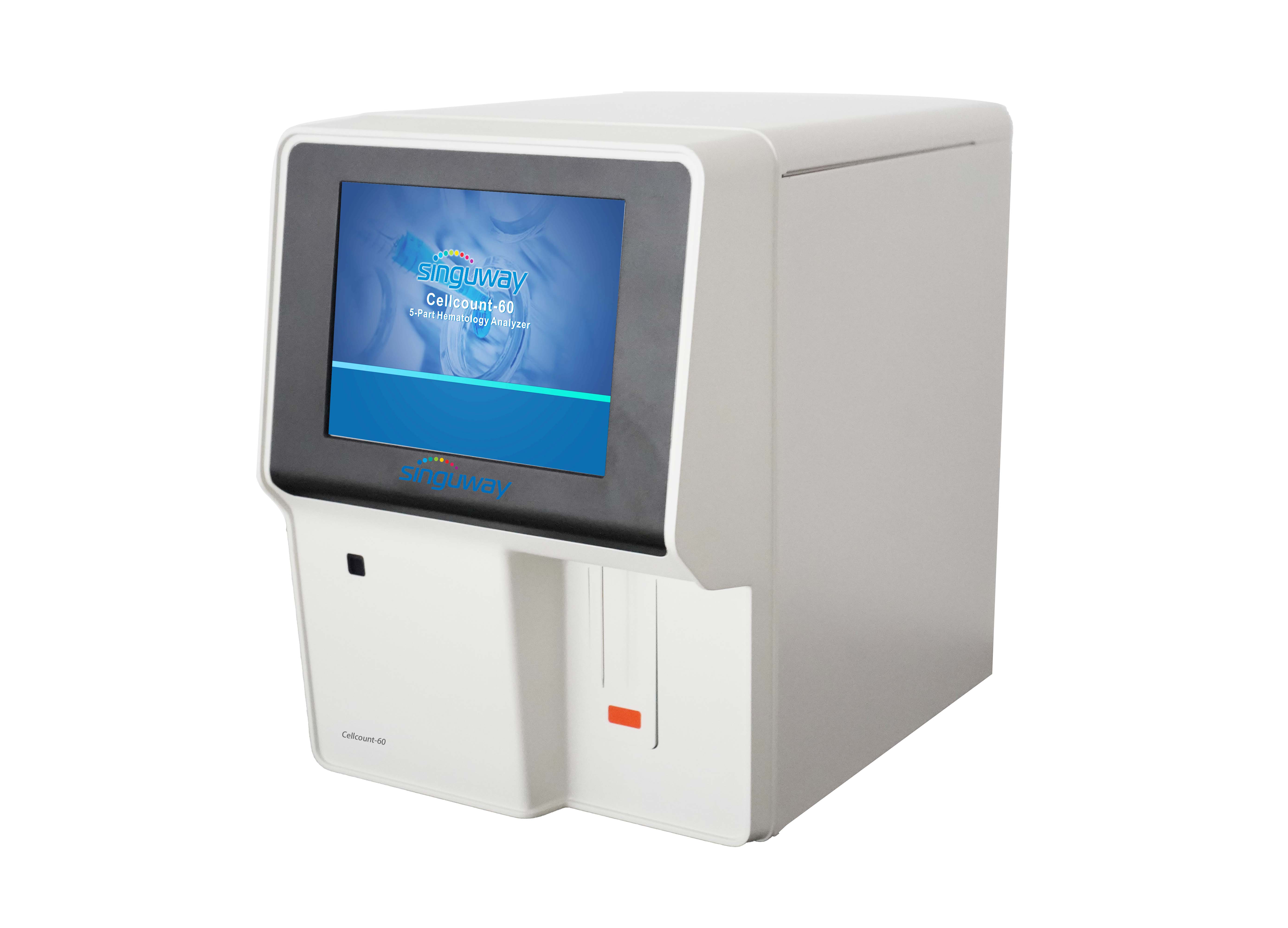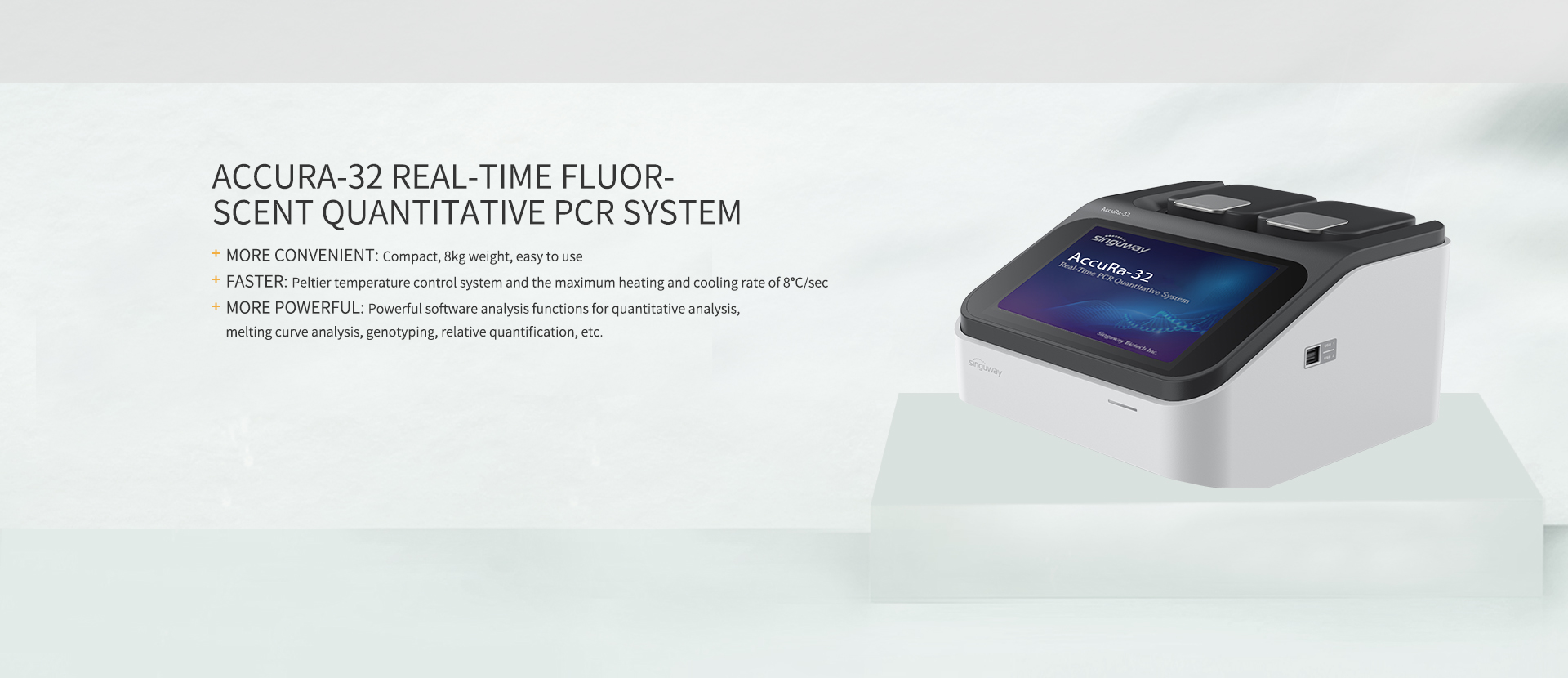

Features
Small and Convenient, Easy to Detect
The analyzer is compact and convenient for operation and testing in the laboratory. The open sample loading design allows for instantlyinitial screening in outpatient and emergency department. The built-in design of the reagent compartment door is adopted to save the space of the laboratory.
Technology and Method
Coulter's principle was used to detect the number and volume distribution of red blood cells (RBC) and platelets (PLT). A separate BASO channel is adopted with optical counting to make the classification more precise.
Product Specifications
|
Principles
|
Flow Cytometry (FCM) + Tri-angle laser scatter + Chemical staining method for WBC differentiation Impedance method for RBC and PLT test Cyanide free colorimetry for HGB test |
|
Parameters |
WBC, Neu#, Lym#, Mon#, Eos#, Bas#, Neu%, Lym%, Mon%, Eos%, Bas%, RBC, HGB, HCT, MCV, MCH, MCHC, RDW-CV, RDW-SD, PLT, MPV, PDW, PCT, P-LCC, P-LCR, ALY#, LIC#, ALY%, LIC%,fourscattergrams, two histograms |
|
Sample Mode |
Whole blood, capillary whole blood and pre-diluted mode |
|
Through Put |
60 samples/hour |
|
Detecting Channels |
Dual channels |
|
Sample Volume |
CBC 20uL, CBC+DIFF 20uL, pre-diluted mode 20uL |
|
Calibration Methods |
Manual calibration, calibrator calibration |
|
Display |
10.4-inch full-color touchscreen |
|
Dimension |
(W*H*D) 325*465*470mm3 |
|
Net Weight |
≤30Kg |
|
Languages |
English, Spanish, Customized Language |
|
Interface |
4 USB ports, bidirectional LIS function, LAN interface supports HL7 protocol |
|
Optional Accessories |
External barcode scanner, printer, mouse, keyboard |
|
Supporting Reagents |
Diluent, Hemolytic agent, Hemolytic agent, Probe cleanser |
 Language
Language 中文
中文 English
English espa?ol
espa?ol




